Computer Vision in Python for Beginners (Theory & Projects)
Loại khoá học: Data Science
Computer Vision-Become an ace of Computer Vision, Computer Vision for Apps using Python, OpenCV, TensorFlow, etc.
Mô tả
Computer vision (CV), a subfield of computer science, focuses on replicating the complex functionalities of the human visual system. In the CV process, real-world images and videos are captured, processed, and analyzed to allow machines to extract contextual, useful information from the physical world.
Until recently, computer vision functioned in a limited capacity. But due to the recent innovations in artificial intelligence and deep learning, this field has made great leaps. Today, CV surpasses humans in most routine tasks connected with detecting and labeling objects.
The high-quality content of the Mastering Computer Vision from the Absolute Beginning Using Python course presents you with a great opportunity to learn and become an expert. You will learn the core concepts of the CV field. This course will also help you to understand the digital imaging process and identify the key application areas of CV. The course is:
· Easy to understand.
· Descriptive.
· Comprehensive.
· Practical with live coding.
· Rich with state of the art and updated knowledge of this field.
Although this course is a compilation of all the basic concepts of CV, you are encouraged to step up and experience more than what you learn. Your understanding of every concept is tested at the end of each section. The Homework assignments/tasks/activities/quizzes along with solutions will assess your learning. Several of these activities are focused on coding so that you are ready to run with implementations.
The two hands-on projects in the last section—Change Detection in CCTV Cameras (Real-time) and Smart DVRs (Real-time)—make up the most important learning element of this course. They will help you sharpen your practical skills. Successful completion of these two projects will help you enrich your portfolio and kick-start your career in the CV field.
The course tutorials are divided into 320+ videos along with detailed code notebooks. The videos are available in HD, and the total runtime of the videos is 27 hours+.
Now is the perfect time to learn computer vision. Get started with this best-in-class course without any further delay!
Teaching is our passion:
In this course, we apply the proven learning by doing methodology. We build the interest of learners first. We start from the basics and focus on helping you understand each concept clearly. The explanation of each theoretical concept is followed by practical implementation. We then encourage you to create something new out of your learning.
Our aim is to help you master the basic concepts of CV before moving onward to advanced concepts. The course material includes online videos, course notes, hands-on exercises, project work, quizzes, and handouts. We also offer you learning support. You can approach our team in case of any queries, and we respond in quick time.
Course Content:
The comprehensive course consists of the following topics:
1. Introduction
a. Intro
i. What is computer vision?
2. Image Transformations
a. Introduction to images
i. Image data structure
ii. Color images
iii. Grayscale images
iv. Color spaces
v. Color space transformations in OpenCV
vi. Image segmentation using Color space transformations
b. 2D geometric transformations
i. Scaling
ii. Rotation
iii. Shear
iv. Reflection
v. Translation
vi. Affine transformation
vii. Projective geometry
viii. Affine transformation as a matrix
ix. Application of SVD (Optional)
x. Projective transformation (Homography)
c. Geometric transformation estimation
i. Estimating affine transformation
ii. Estimating Homography
iii. Direct linear transform (DLT)
iv. Building panoramas with manual key-point selection
3. Image Filtering and Morphology
a. Image Filtering
i. Low pass filter
ii. High pass filter
iii. Band pass filter
iv. Image smoothing
v. Image sharpening
vi. Image gradients
vii. Gaussian filter
viii. Derivative of Gaussians
b. Morphology
i. Image Binarization
ii. Image Dilation
iii. Image Erosion
iv. Image Thinning and skeletonization
v. Image Opening and closing
4. Shape Detection
a. Edge Detection
i. Definition of edge
ii. Naïve edge detector
iii. Canny edge detector
1. Efficient gradient computations
2. Non-maxima suppression using gradient directions
3. Multilevel thresholding- hysteresis thresholding
b. Geometric Shape detection
i. RANSAC
ii. Line detection through RANSAC
iii. Multiple lines detection through RANSAC
iv. Circle detection through RANSAC
v. Parametric shape detection through RANSAC
vi. Hough transformation (HT)
vii. Line detection through HT
viii. Multiple lines detection through HT
ix. Circle detection through HT
x. Parametric shape detection through HT
xi. Estimating affine transformation through RANSAC
xii. Non-parametric shapes and generalized Hough transformation
5. Key Point Detection and Matching
a. Corner detection (Key point detection)
i. Defining Corner
ii. Naïve corner detector
iii. Harris corner detector
1. Continuous directions
2. Tayler approximation
3. Structure tensor
4. Variance approximation
5. Multi-scale detection
b. Project: Building automatic panoramas
i. Automatic key point detection
ii. Scale assignment
iii. Rotation assignment
iv. Feature extraction (SIFT)
v. Feature matching
vi. Image stitching
6. Motion
a. Optical Flow, Global Flow
i. Brightness constancy assumption
ii. Linear approximation
iii. Lucas–Kanade method
iv. Global flow
v. Motion segmentation
b. Object Tracking
i. Histogram based tracking
ii. KLT tracker
iii. Multiple object tracking
iv. Trackers comparisons
7. Object detection
a. Classical approaches
i. Sliding window
ii. Scale space
iii. Rotation space
iv. Limitations
b. Deep learning approaches
i. YOLO a case study
8. 3D computer vision
a. 3D reconstruction
i. Two camera setups
ii. Key point matching
iii. Triangulation and structure computation
b. Applications
i. Mocap
ii. 3D Animations
9. Projects
a. Change detection in CCTV cameras (Real-time)
b. Smart DVRs (Real-time)
After completing this course successfully, you will be able to:
· Relate the concepts and theories in computer vision with real-world problems.
· Implement any project from scratch that requires computer vision knowledge.
· Know the theoretical and practical aspects of computer vision concepts.
Who this course is for:
· Learners who are absolute beginners and know nothing about Computer Vision.
· People who want to make smart solutions.
· People who want to learn computer vision with real data.
· People who love to learn theory and then implement it using Python.
· People who want to learn computer vision along with its implementation in realistic projects.
· Data Scientists.
· Machine learning experts.
Unlock the fascinating world of Computer Vision and take your first step towards becoming an expert in this field.
Enroll now and embark on a learning journey that combines theory and hands-on projects. Start mastering Computer Vision today!
List of Keywords:
Image Processing
Deep Learning for Computer Vision
Artificial Intelligence in Computer Vision
Machine Learning Models for Image Analysis
Object Detection and Recognition
Image Filtering and Enhancement
Shape Detection Algorithms
Key Point Detection and Matching Techniques
Optical Flow and Motion Analysis
3D Computer Vision and Reconstruction
Real-time Computer Vision Applications
Change Detection in CCTV
Smart DVR Systems
Computer Vision Projects
Image Segmentation
Feature Extraction in CV
Harris Corner Detector
Scale-Invariant Feature Transform (SIFT)
RANSAC Algorithm
YOLO (You Only Look Once)
3D Reconstruction from Images
Structure from Motion (SfM)
Mocap (Motion Capture)
Computer Vision for 3D Animation
Computer Vision for Data Scientists
Computer Vision for Machine Learning Practitioners
Bạn sẽ học được gì
Yêu cầu
Nội dung khoá học
Viết Bình Luận
Khoá học liên quan

Đăng ký get khoá học Udemy - Unica - Gitiho giá chỉ 50k!
Get khoá học giá rẻ ngay trước khi bị fix.

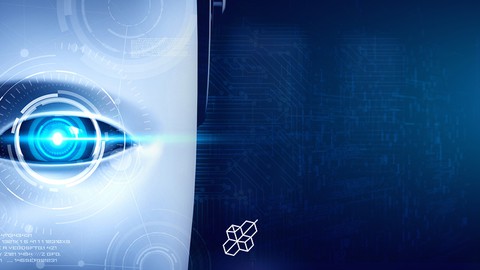
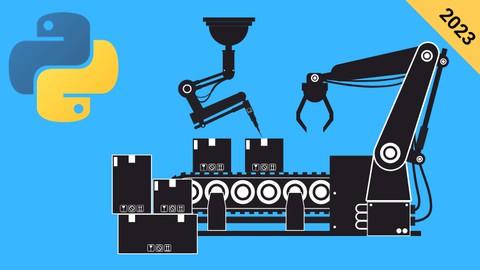
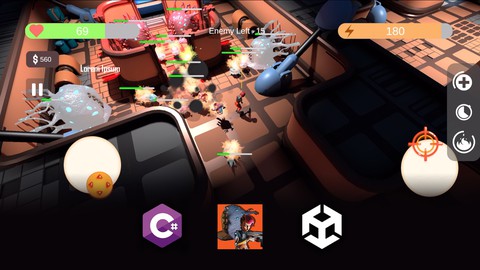

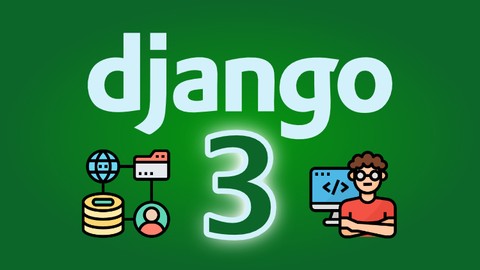
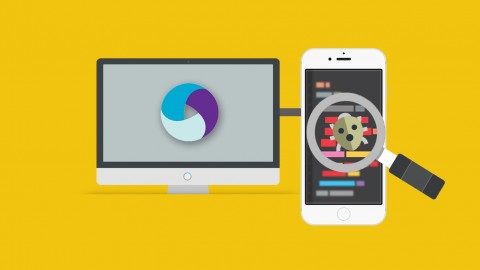



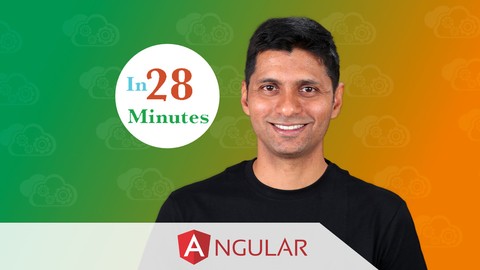
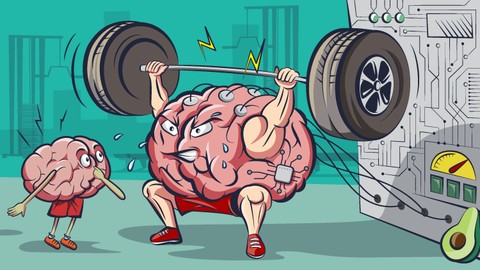

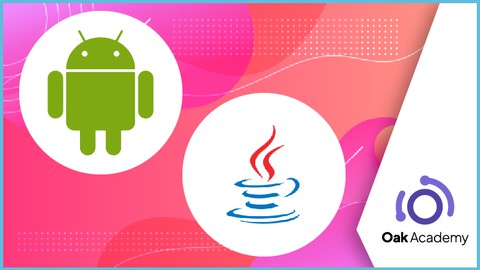
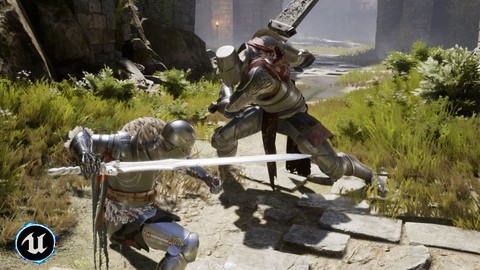


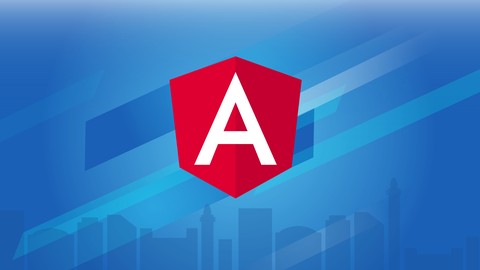
Đánh giá của học viên
Bình luận khách hàng